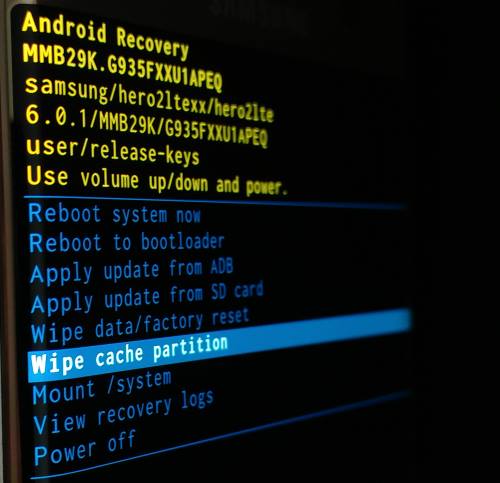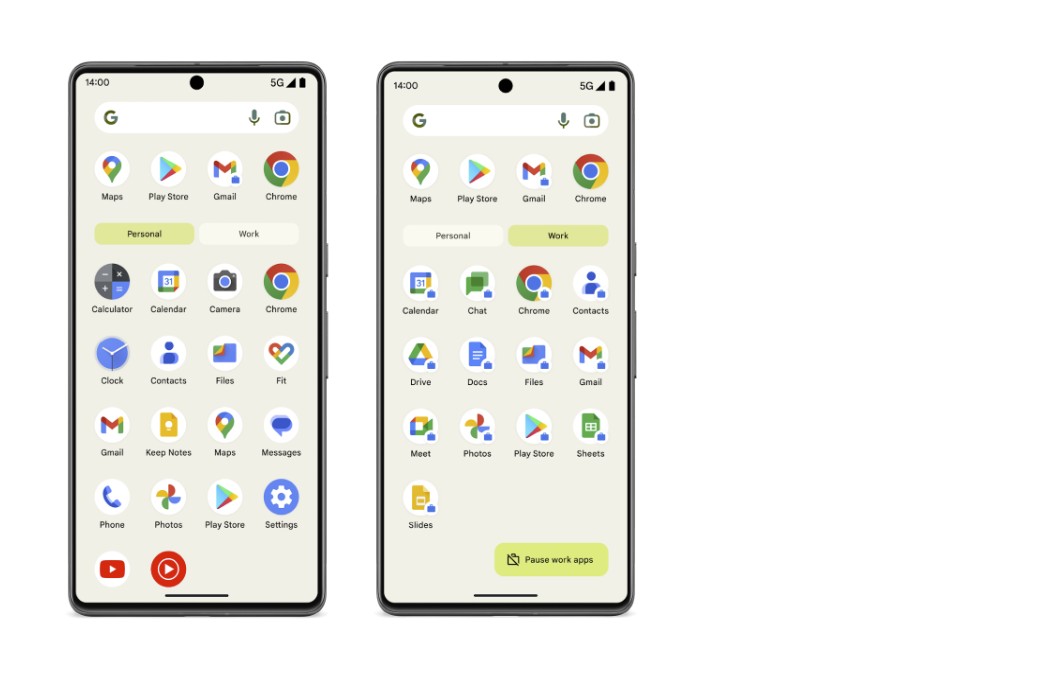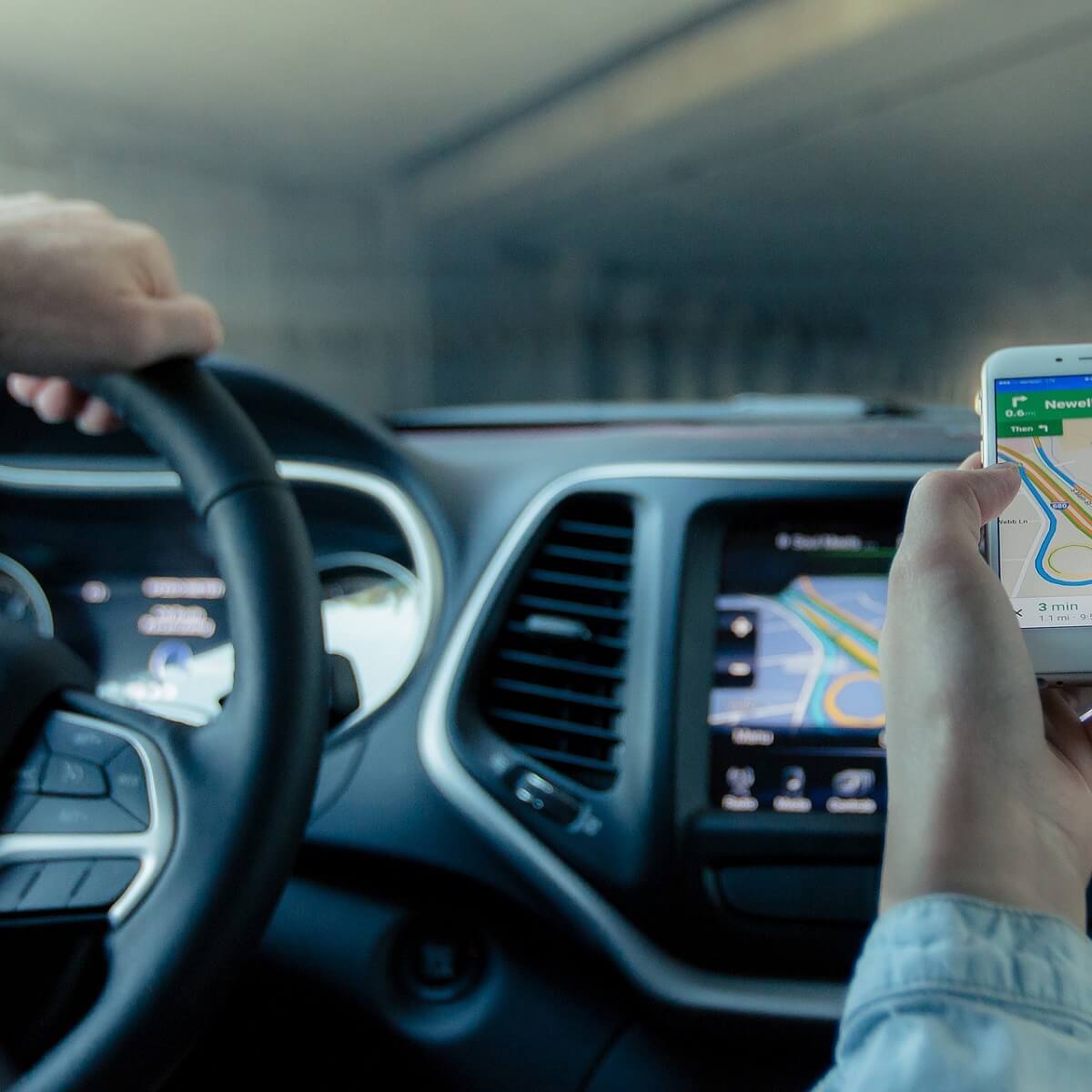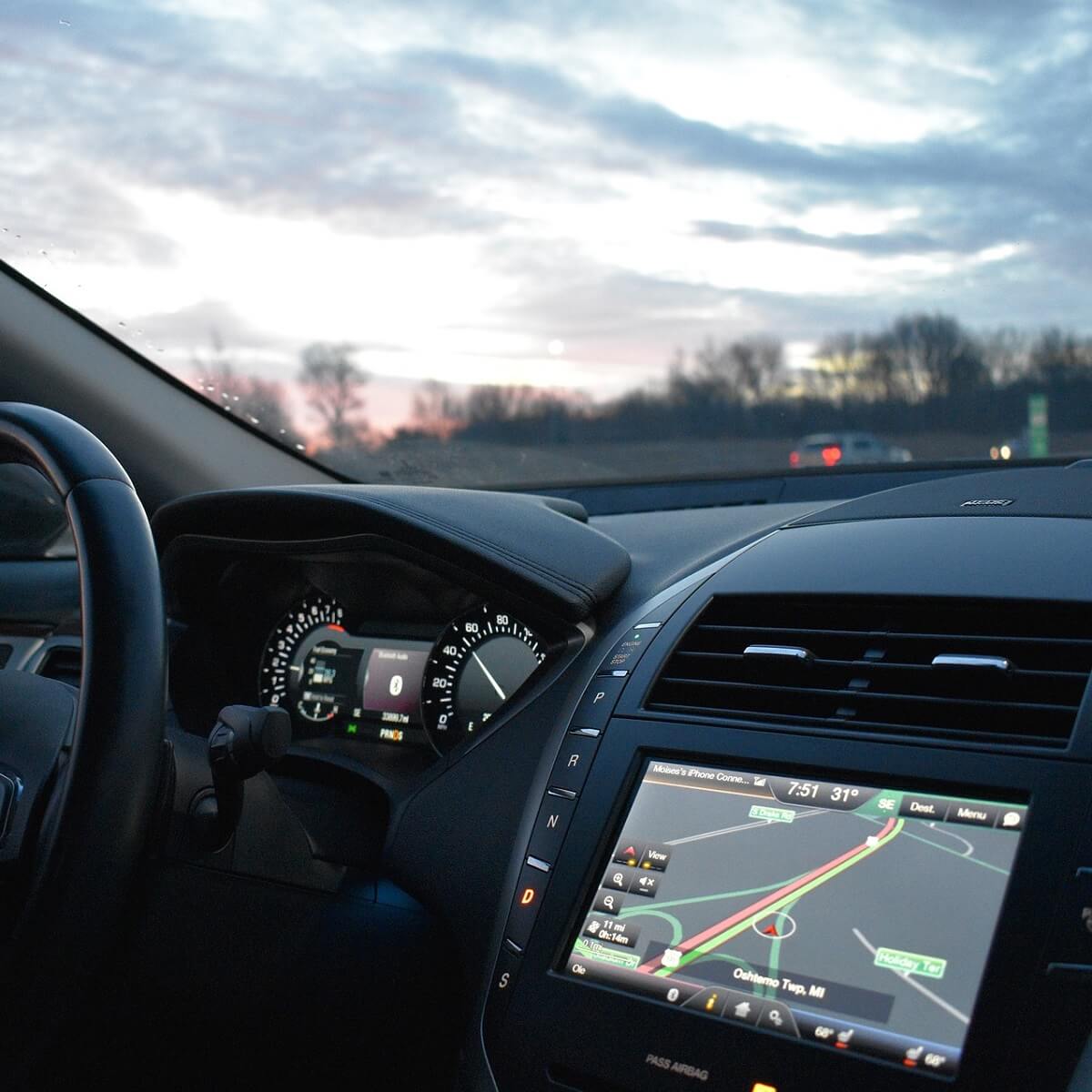How to Wipe Cache Partition on your Galaxy S7 Edge
3 min. read
Published on

Wiping the cache partition of the Galaxy S7 Edge is the ideal solution for various bugs and errors with Samsung’s flagship cellphone. Many tied this and have found that clearing this cache addresses everything from severe battery drain, unresponsive power buttons, all the way to phone freezes, your handset becoming hot when you use apps or its screen turning black.
How’s the magic taking place? Well, it seems that clearing the system cache simply wipes the cached data that an Android device stores to make apps launch faster. So while clearing the cache technically means the next time you run a process or an app it will have to reload that data rather than access it from the cache, regularly clearing your cache can improve the general performance of your device by clearing out unwanted data or stuff from older versions that cause such errors after you’ve updated to a newer version.
If you want to learn how to wipe the cache partition on the Samsung Galaxy S7 Edge, keep on reading this guide and you will see that you can do it too:
How to Wipe Cache Partition on your Galaxy S7 Edge:
- For the start, you have to power off the phone;
- Press and hold the power, volume and home buttons all at once until the Samsung S7 logo appears;
- When the Samsung logo appears, release Power;
- At the Android logo, release the other two hardware buttons too;
- Then, you must wait for access to the Recovery menu;
- Once in the Android System Recovery menu, you have to tap Volume down repeatedly to navigate to and highlight “wipe cache partition”;
Then, Select wipe cache partition by using the he power button; - Let the operation complete;
- After that, select reboot system now;
- Have patience until the phone restarts and then, check that everything is working with no issues.
However, let me tell you that the first time you use the phone after you clear out cache partition, you may find that the phone is a little bit slow. Don’t be worried about that, because it means that the phone and its Android system are still working on optimizing the whole application, but this is a good sign, so give them their time.
And besides that, let me remind you that you can also clear the cache for specific apps if you know that one app in particular is causing you problems. For that, enter into Settings > Applications and find the app in question. You should be presented with a couple of options, including Clear cache and Clear data. Clearing the cache is temporary, clearing the data wipes passwords, saved progress and app settings, so use that one only as a last resort.










User forum
0 messages